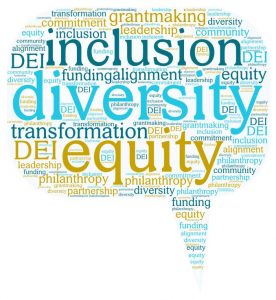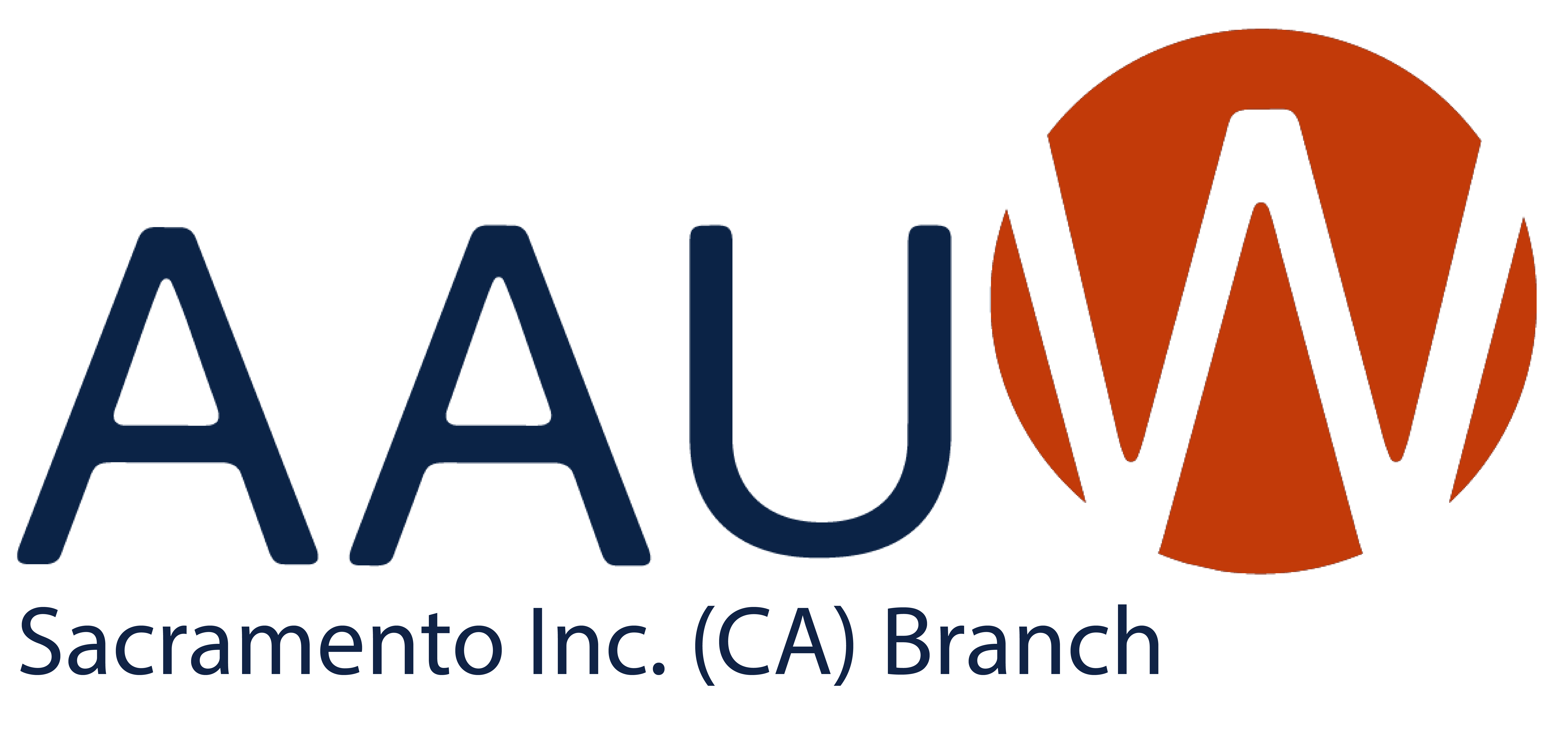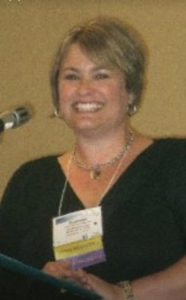AAUW, Equity and Inclusion By Charmen Goehring
 This past weekend, I attended the California Teacher’s Association’s Equity and Human Rights conference. I was both a presenter and participant.
This past weekend, I attended the California Teacher’s Association’s Equity and Human Rights conference. I was both a presenter and participant.
I was heartened by the more than 500 attendees, all educators with social justice mindsets, eager to do their part to dismantle systemic racism and biases that are hurting our students and, more widely, our nation and world. It felt good to know that I was not alone in this fight and to be validated about the importance of equity and inclusion work.
How does this relate to AAUW? In education, most teachers (73.4 percent in California) are female, yet most administrators and those in spaces where decisions are made are male — like the halls of government. We know that women bring a more collaborative, inclusive manner to discussions, whether in a school, board room, the floor of Congress or on the Supreme Court bench. Therefore, having more women in those spaces is beneficial for all, especially women and girls. To this end, AAUW has programs like Tech Trek, Gov Trek, Start $mart and Work $mart, and the National Conference for College Women Student Leaders (NCCWSL), all geared toward helping young women gain the skills and confidence to enter male-dominated spaces and thrive.
But we need to do more. Women of color have largely been left out of the conversation, in
general and in AAUW. The women’s rights movement did not include them and until the late 1950s, neither did AAUW.
One glance around any AAUW meeting anywhere will show the effects of that exclusion — after 142 years of storied existence, AAUW is still predominantly an older, white woman organization. We have missed out on the passion, creativity and ideas of all those women who have the same concerns and interests but look different than us. We continue today to work on similar goals separately, despite knowing that “stronger together” isn’t a theme for nothing!
Lest you think I am advocating that we run out and find women of color to join us, I am not. I strongly believe that we each, and as a branch, have work to do first. When others join us, we want them to feel welcome and like they belong. And, for that to happen, we must examine our own biases (we all have them) and learn about the ways that our financial, educational and cultural systems have marginalized those who do not look like us. It’s the only way we can make lasting change that will ensure “equity for all”, which is, after all, our AAUW mission.
Some suggested resources:
https://implicit.harvard.edu/implicit/- online Implicit Association Test
Blindspot: Hidden Biases of Good People by Mahzarin Banaji and Anthony Greenwald, explains the science behind implicit biases that we all have
“The Color of Law “by Richard Rothstein — our Equity book group is reading this now, about the blatant racism built into housing policies in the US from the turn of the 20th century (some linger today)
https://www.ted.com/talks/ibram_x_kendi_the_difference_between_being_not_racist_and_antiracist?language=en – Ted Talk by Dr. Ibram X. Kendi, who is amazing

